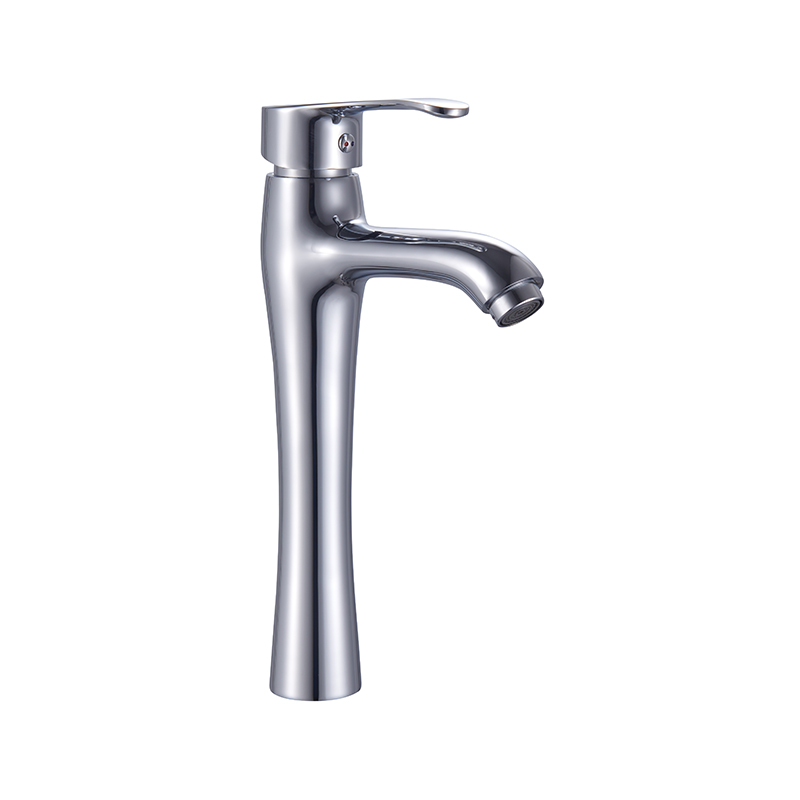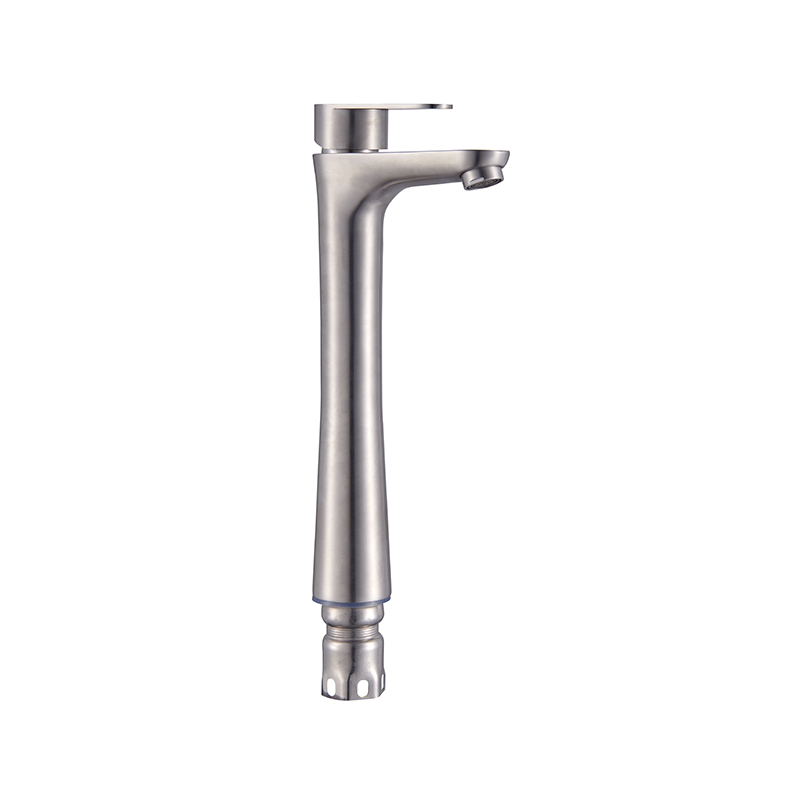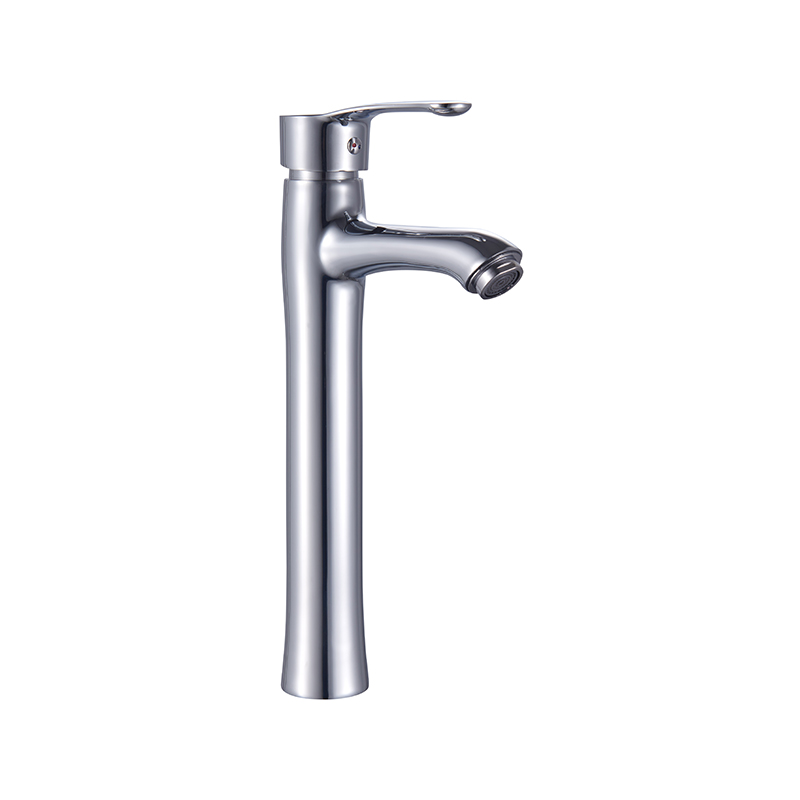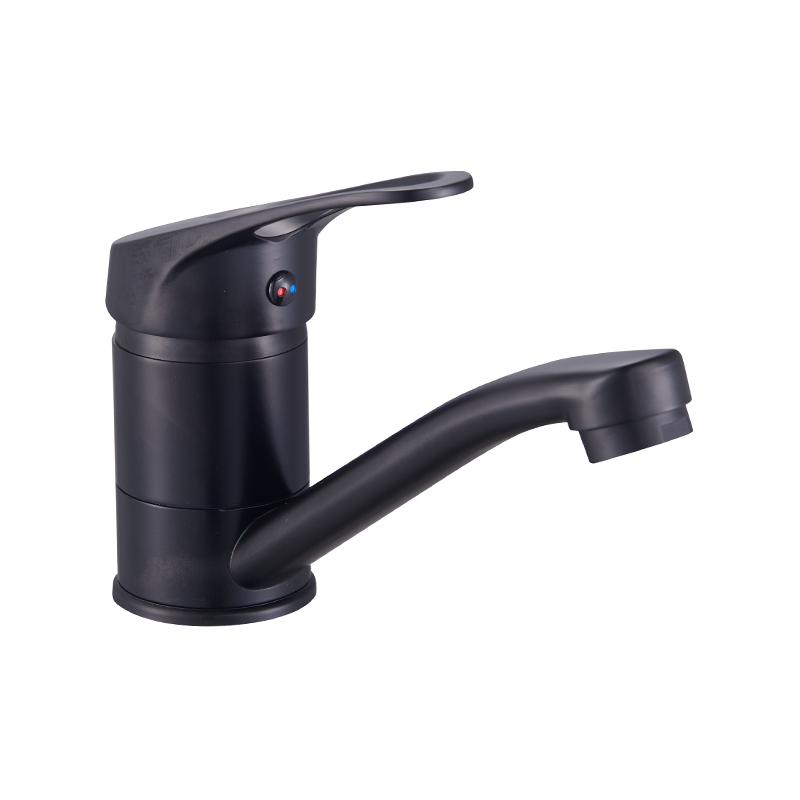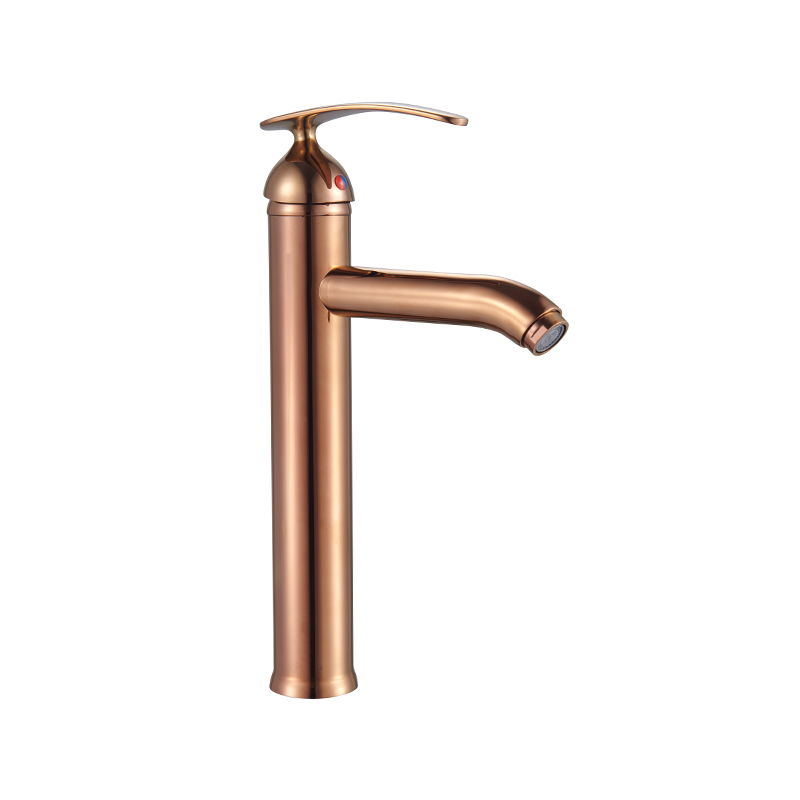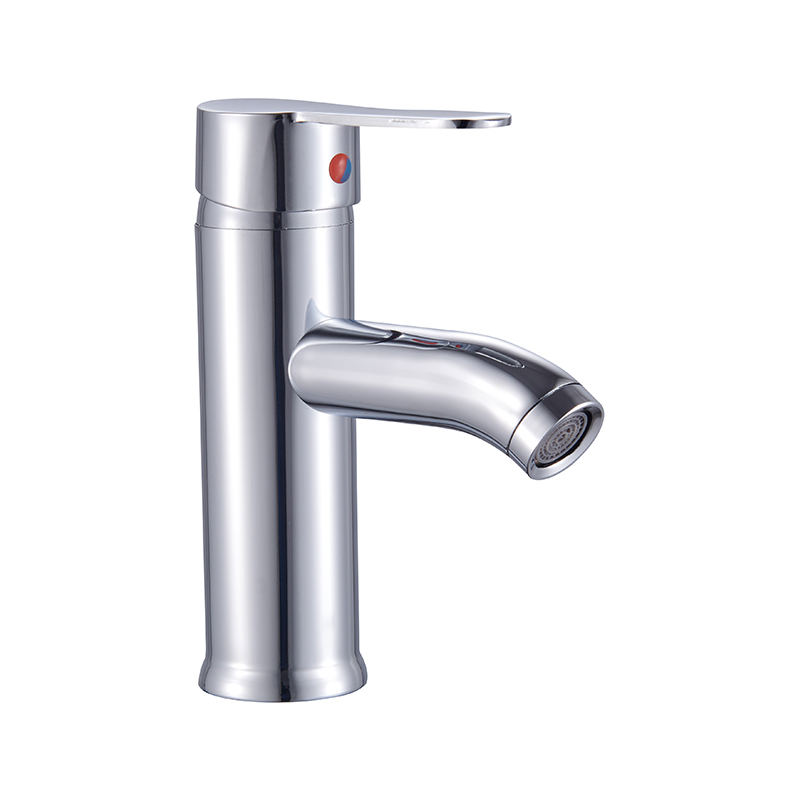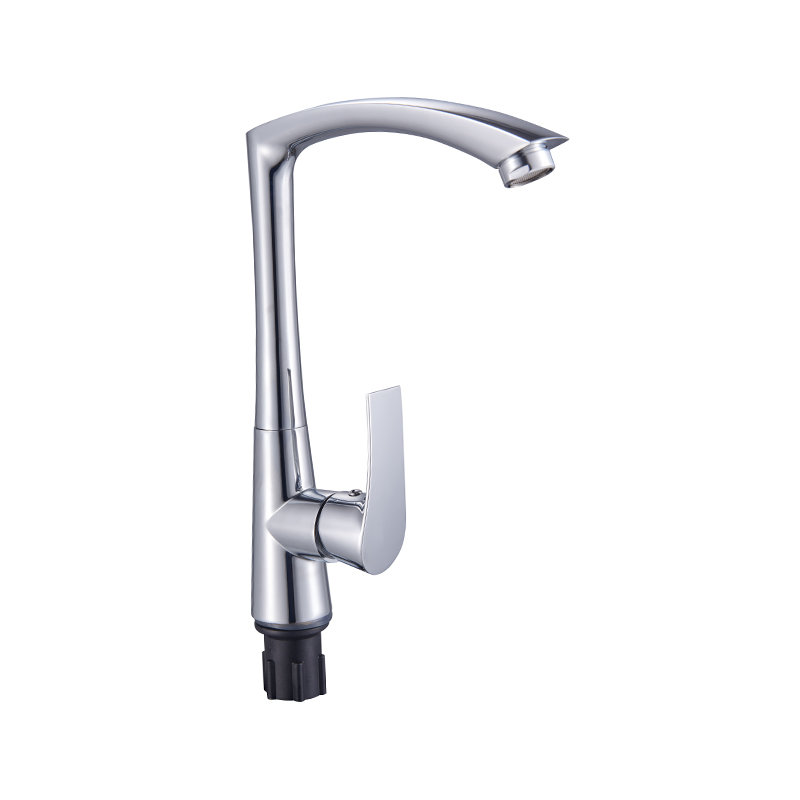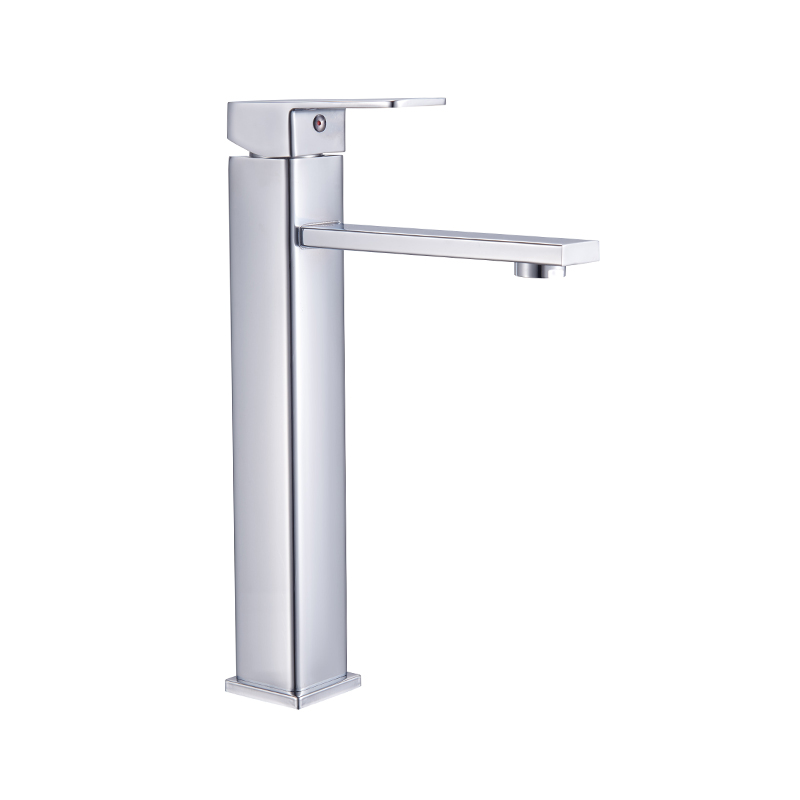When designing or renovating a bathroom, choosing the right sink installation style is crucial. This decision not only affects the functionality of the space but also its overall aesthetic. With a variety of options available, homeowners can select the style that ideally fits their needs, preferences, and the existing layout of the bathroom. This article will explore the different types of bathroom sink installation styles, focusing on the advantages and considerations of each, including mono lever basin taps, double mixer tap for bathroom sink, and freestanding bath shower mixer taps.
1. Wall-Mounted Sinks
Wall-mounted sinks are a reliable choice for bathrooms with limited floor space. These sinks are fixed directly to the wall, which means they don't require a vanity or cabinet underneath. This smallist approach not only frees up valuable floor space but also creates a modern look that can make the bathroom feel larger. Wall-mounted sinks can be paired with a mono lever basin tap, which allows for easy temperature control and water flow adjustment with a single handle. This combination creates a sleek and functional space, ideal for contemporary designs.
While wall-mounted sinks are space-saving, they may require more plumbing work during installation, as the water supply lines must be concealed within the wall. It's also essential to consider the height of the sink during installation, as it should be at a comfortable level for all users.
2. Pedestal Sinks
Pedestal sinks are another popular installation style that offers a classic look. This style features a basin mounted on a pedestal, which provides support while leaving the floor area open. Pedestal sinks come in various designs and sizes, making them suitable for small and large bathrooms alike.
When using a pedestal sink, homeowners often opt for double mixer tap for bathroom sink. These taps allow for separate control of hot and cold water, providing flexibility in adjusting water temperature. Pedestal sinks can enhance the traditional aesthetic of a bathroom while offering a touch of elegance.
However, one drawback of pedestal sinks is the limited storage space they provide. Without a vanity or cabinet, there's no place to store toiletries or cleaning supplies. Homeowners may need to consider alternative storage solutions, such as wall-mounted shelves or baskets, to keep the bathroom organized.
3. Vessel Sinks
Vessel sinks have gained popularity in modern bathroom designs. These sinks sit above the countertop, resembling a bowl, and can be made from various materials, including glass, ceramic, and stone. The unique look of vessel sinks allows homeowners to express their style while adding a striking focal point to the bathroom.
For vessel sinks, a freestanding bath shower mixer tap is often chosen for its stylish appearance and functionality. These taps typically feature a tall design that complements the height of the vessel sink, making it easy to fill and use. Additionally, many freestanding bath shower mixer taps come with a handheld showerhead, providing added convenience for rinsing and cleaning.
While vessel sinks can create a stunning visual impact, they may require more maintenance than traditional sinks, as they are more susceptible to water spots and stains. Homeowners should be prepared to clean them regularly to maintain their appearance.
4. Undermount Sinks
Undermount sinks are installed beneath the countertop, creating a seamless look. This style is particularly popular in solid surface countertops like granite or quartz, as it allows for easy cleaning of the countertop surface. With no visible lip, crumbs, and spills can be wiped directly into the sink without obstruction.
Undermount sinks work well with both mono lever basin taps and double mixer tap for bathroom sink, depending on the desired look and functionality. The choice of tap can significantly influence the overall design, and homeowners should consider their daily use patterns when selecting a faucet style.
One consideration with under mount sinks is that they may require more effort during installation. Professional installation is often recommended to ensure a proper fit and seal, preventing leaks and damage to the countertop.
5. Drop-In Sinks
Drop-in sinks, also known as top-mount sinks, are installed by placing them into a cutout on the countertop. The sink's rim rests on the countertop surface, making installation straightforward and accessible for DIY projects. Drop-in sinks come in various materials, shapes, and sizes, allowing homeowners to customize their bathrooms to their liking.
This style works well with both mono lever basin taps and double mixer taps, depending on the sink's design and user preferences. Drop-in sinks are a reliable choice for families or busy bathrooms due to their durability and ease of installation.
However, the rim of a drop-in sink can collect grime and debris, requiring regular cleaning to maintain a hygienic space. Homeowners should factor this into their cleaning routine to ensure the longevity of their sink and tap setup.
Choosing the right bathroom sink installation style is essential for creating a functional and aesthetically pleasing space. Whether opting for a wall-mounted sink, a pedestal sink, a vessel sink, an undermount sink, or a drop-in sink, understanding the benefits and considerations of each style will help homeowners make an informed decision. Incorporating fixtures like mono lever basin taps, double mixer tap for bathroom sink, and freestanding bath shower mixer taps can further enhance the bathroom's design and functionality. Ultimately, the right combination of style and utility will result in a bathroom that meets the needs of its users while reflecting their personal tastes.
 Language
Language
 English
English русский
русский Español
Español عربى
عربى Phone
Phone
 Email
Email



